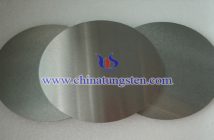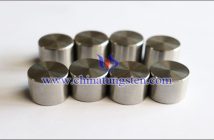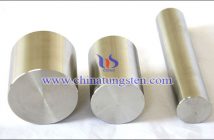With the development of society, Tungsten Trioxide has been widely used in many fields such as batteries, ceramic raw materials, target, dimming glass and so on because of its special properties such as electrochromic, photochromic and gas discoloration. Because of the different application fields of WO 3, its preparation method can be chosen flexibly according to needs. There are several well-known methods to prepare WO 3: hydrothermal synthesis, sol-gel method, precipitation method, template method, gas-liquid reaction method and microemulsion method.
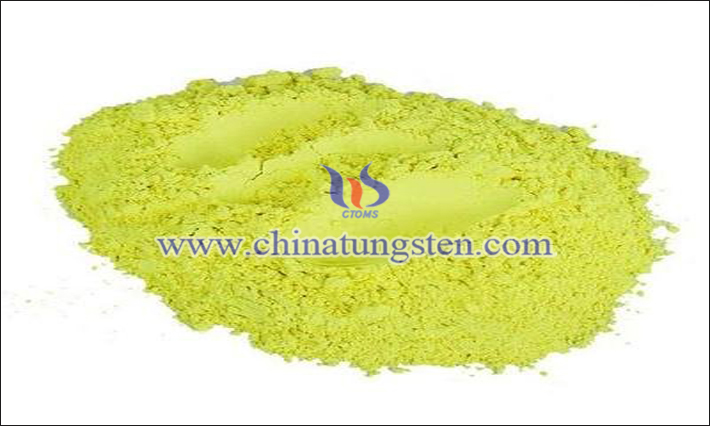
1. Hydrothermal synthesis method
Hydrothermal synthesis is an effective preparation method for inorganic synthesis and material treatment by reacting reactants in an aqueous solution in a closed container at a certain temperature (100-1000℃) and pressure (10-100 MPa). For example, the solution of sodium tungstate (Na 2WO 4) was acidified by hydrochloric acid (HCl), and hydrothermal reaction is carried out at 130-200 C for 1-5 days, and finally Tungsten Trioxide with uniform particle size distribution can be obtained.
2. The sol-gel method
Sol-gel method is a preparation method which solidifies metal organic compounds, metal inorganic compounds or their mixture through solution, sol and gel, and then forms oxides or other compounds by heat treatment. It can conveniently adjust and control the preparation parameters, and thus obtaining various catalytic materials with controllable physical and chemical properties. For example, sodium tungstate is used as raw material, hydrochloric acid is added to prepare sol, then cetyltrimethyl ammonium bromide (CTAB) surfactant is added to obtain condensate, which is dried and calcined, and finally tungsten trioxide powder with particle size of 31-45 nm is obtained.
3. Precipitation method
Generally speaking, the precipitation method is to mix substances with different chemical components in solution. Its basic principle is to add a suitable precipitant into salt solution to obtain precursor precipitate, which is dried and calcined to form nano powder. There are two kinds of precipitation method: coprecipitation and chemical precipitation. Coprecipitation method mainly refers to sol-coprecipitation method.
(1) sol-coprecipitation method: using the mixture of WC 16 and TiCl 4 as raw materials, adding ammonia water and surfactant to form w (OH) 6 and Ti (OH) 4, centrifugally separating and calcining to obtain Tungsten Trioxide with a diameter of 3-9 nm;
(2) chemical precipitation method: H 2WO 4 was prepared by using (NH4) 10 as raw materials, and then dehydrated and calcined to prepare Tungsten Trioxide ceramic powders with more uniform particle size.
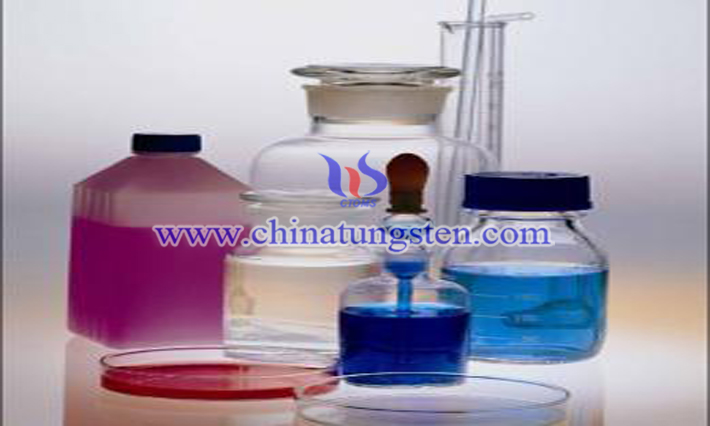
4. The template method
The template method is an important method to control the morphology and size of crystal. Generally, porous materials with nanometer aperture are used as templates, and related materials are deposited into the holes or surfaces of the templates by physical or chemical methods, and then the templates are removed, thus obtaining nano materials with standardized template morphology and size. For example, nitrogen is introduced into sodium tungstate solution, hydrochloric acid is added while stirring, and the washed precipitate is redissolved with oxalic acid solution, thus obtaining Tungsten Trioxide sol. Immersing AAO template in it for a period of time, taking out, washing, calcining and cooling to obtain highly ordered nano tubular Tungsten Trioxide powder. (AAO inorganic membrane, English for anodic aluminum oxide, also called AAO template, or porous anodic aluminum oxide template, so it is also called alumina template, AAM template, PAA template, etc., and is widely used for filtration.)
5. Gas-liquid reaction method
Gas-liquid reaction method refers to the preparation method of introducing gas into salt solution to obtain precursor precipitate, and then drying the precipitate to form superfine powder. Using sodium tungstate as raw material, adding ethanol or distilled water, stirring and dissolving, standing the suspension produced by introducing hydrochloric acid gas, centrifuging, washing, drying and crushing to obtain Tungsten Trioxide powder with uniform particle size distribution, good dispersibility and irregular shape, with average particle size below 100 nanometers.
6. Microemulsion method
Microemulsion is a new preparation method developed in recent years to prepare α-semiconductor nanoparticles, which is usually composed of surfactants, cosurfactants, solvent and water (or aqueous solution). In this system, two immiscible continuous media are separated into tiny spaces by surfactant amphiphilic molecules, forming a microprocessor whose size can be controlled in the nanometer range, and the reactants react in the system to form solid particles. Uniformly stirring n-butanol, CTAB and cyclohexane, adding sodium tungstate aqueous solution, and stirring to obtain microemulsion. Under the condition of ultrasonic oscillation, after adding microemulsion with solubilized hydrochloric acid, a small amount of white colloidal precipitated after aging for several hours was centrifugally separated, and then the precipitate was washed with an appropriate amount of anhydrous ethanol or acetone mixed solution and distilled water in turn. The precipitate was dried at 105 ° c and ground into white powder. Spherical particles with an average particle size of 40-65 nm after calcination.

